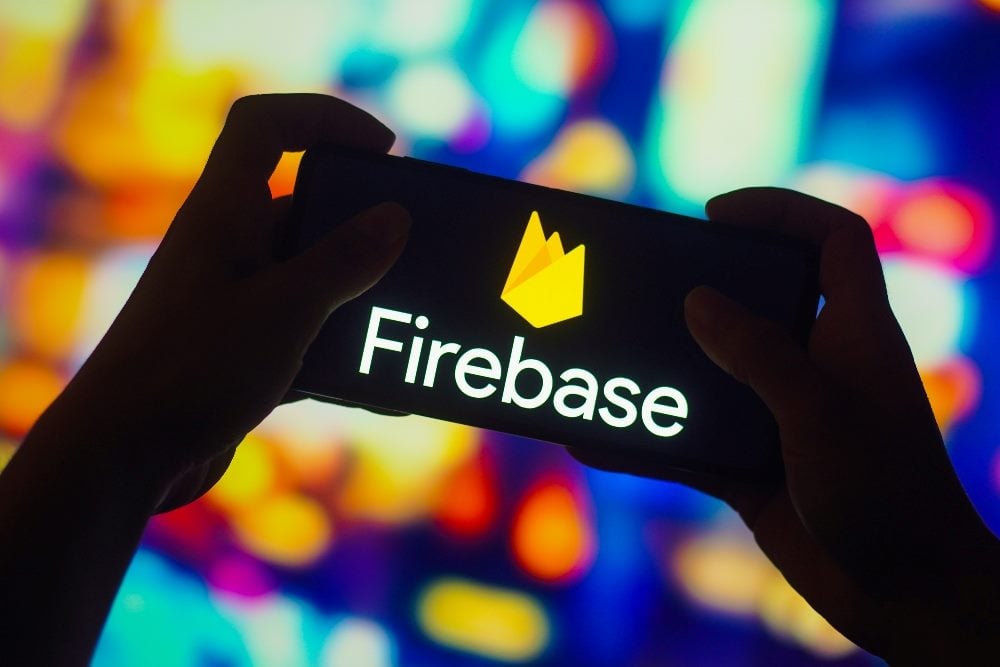Abstract
- Migration plan. To avoid disruptions to your marketing and user journeys, prepare for the deprecation of Firebase Dynamic Links.
- New tools. Identify and implement alternative deep linking tools to maintain a seamless user experience and campaign effectiveness.
- Cost management. Reduce complexity and rising costs by revisiting your marketing strategy and communicating changes to stakeholders.
Mark your calendars, marketers, and prepare yourself: Google has made a rare and bold move to set a date. Yes, that's right: the deprecation of Google Firebase Dynamic Links (FDL) is scheduled for August 25, 2025. Google is typically reluctant to set dates, but this announcement adds a strong sense of urgency.
So why should CMOs care about this technological shift? Because overlooking it could lead to marketing disaster. Imagine broken links and QR codes on product packaging, instructions, printed materials, outdoor advertising, and shipping materials that lead to nowhere. Understanding the impact of this development and preparing accordingly is essential to maintaining a seamless user experience and maintaining the effectiveness of your marketing strategies going forward.

What is Google Firebase?
Google Firebase is a comprehensive platform designed to help developers build high-quality apps quickly. It provides a suite of tools and services for app development, including real-time databases, authentication, analytics, and cloud storage. Firebase's goal is to streamline the app development process and provide robust backend services so developers can focus on creating engaging user experiences.
Related article: Why a connected mobile customer experience is the holy grail for the automotive industry
Firebase adoption
Firebase has become the foundation for mobile app development due to its versatility and integration with other Google services. It is widely used across industries by small startups to large enterprises, and is a key component of many companies' tech stacks. According to Google, over 3 million developers use Firebase for mobile app development, linking, and analytics. Its ease of use, scalability, and rich features have made it an essential tool for modern app development.
Related Article: What is User Experience (UX) Design?
What role do Firebase Dynamic Links play in marketing?
Firebase Dynamic Links (FDLs) are smart URLs that allow marketers to direct users to any location within an iOS or Android app, whether the app is installed or not. These links provide a seamless user experience by directing users to the content they want, even if they have to install the app first. This feature is a game changer for marketers, enabling a smooth transition from web to app and improving the effectiveness of marketing campaigns.
Example of using dynamic links:
- User Acquisition: Direct potential users to specific app content after installation, increasing the likelihood of engagement and retention.
- Organic Results: When your app content appears in organic search results, dynamic links take users to the appropriate screen if the app is installed.
- Email Marketing: Embed dynamic links in your email campaigns to direct users to app-specific promotions and content for a more personalized experience.
- Referral Program: Leverage dynamic links to track referrals, reward users, foster a sense of community, and drive app growth.
- QR code on physical media: Dynamic Links serve as the backbone of QR codes on product packaging, instructions, print materials, outdoor advertising, and shipping materials, allowing users to quickly access relevant app content or web pages by scanning the QR code, enhancing interaction between physical and digital marketing channels.
Why should CMOs be concerned about the abolition of FDL?
With all the attention right now on the removal of third-party cookies and shifts in consumer spending, the removal of Firebase Dynamic Links is a key issue that CMOs must address. In a mobile-first, social media-driven world, Dynamic Links are critical to ensuring a seamless user experience. Not planning for this change could cause major disruption to marketing campaigns and user journeys.
Potential Impact of FDL Repeal
- Breaking the User Experience: Without dynamic linking, users may experience interruptions, frustration, and abandonment – interruptions that can have a significant impact on your user acquisition and retention efforts.
- Reduced marketing efficiency: Dynamic Links streamline your marketing efforts by providing deep linking capabilities; without them, campaigns may be less efficient and effective, requiring alternative strategies that are less seamless.
- Increased complexity and cost: Finding and implementing an alternative FDL can complicate your app's marketing strategy, generate a lot of wasteful print material, and drive up costs.
Preparing for change
- Understand the impact: Identify where and how your marketing organization is already using Dynamic Links. Map all touchpoints and campaigns that rely on FDL to understand the full scope of impact.
- Marketing strategy update: Modify your marketing campaigns to incorporate the new deep linking tools to ensure a smooth transition and continuity in the user experience.
- Stakeholder communication: Inform your team, partners, and stakeholders about the impending change and your plans to mitigate its impact. Clear communication helps ensure a coordinated response.
- Monitor performance: Be sure to closely monitor the performance of your new deep linking solution and be prepared to adjust as needed to optimize your user journey and campaign results.
The deprecation of Google Firebase Dynamic Links is a big change that CMOs can't afford to miss. Understanding FDL's role in your current marketing strategy and preparing for its deprecation can help CMOs ensure a seamless transition and continue to deliver the best user experience.
In an environment where user experience and marketing efficiency are paramount, proactive planning and adaptation will be key to successfully navigating this change.
Learn how to join our community of contributors.


